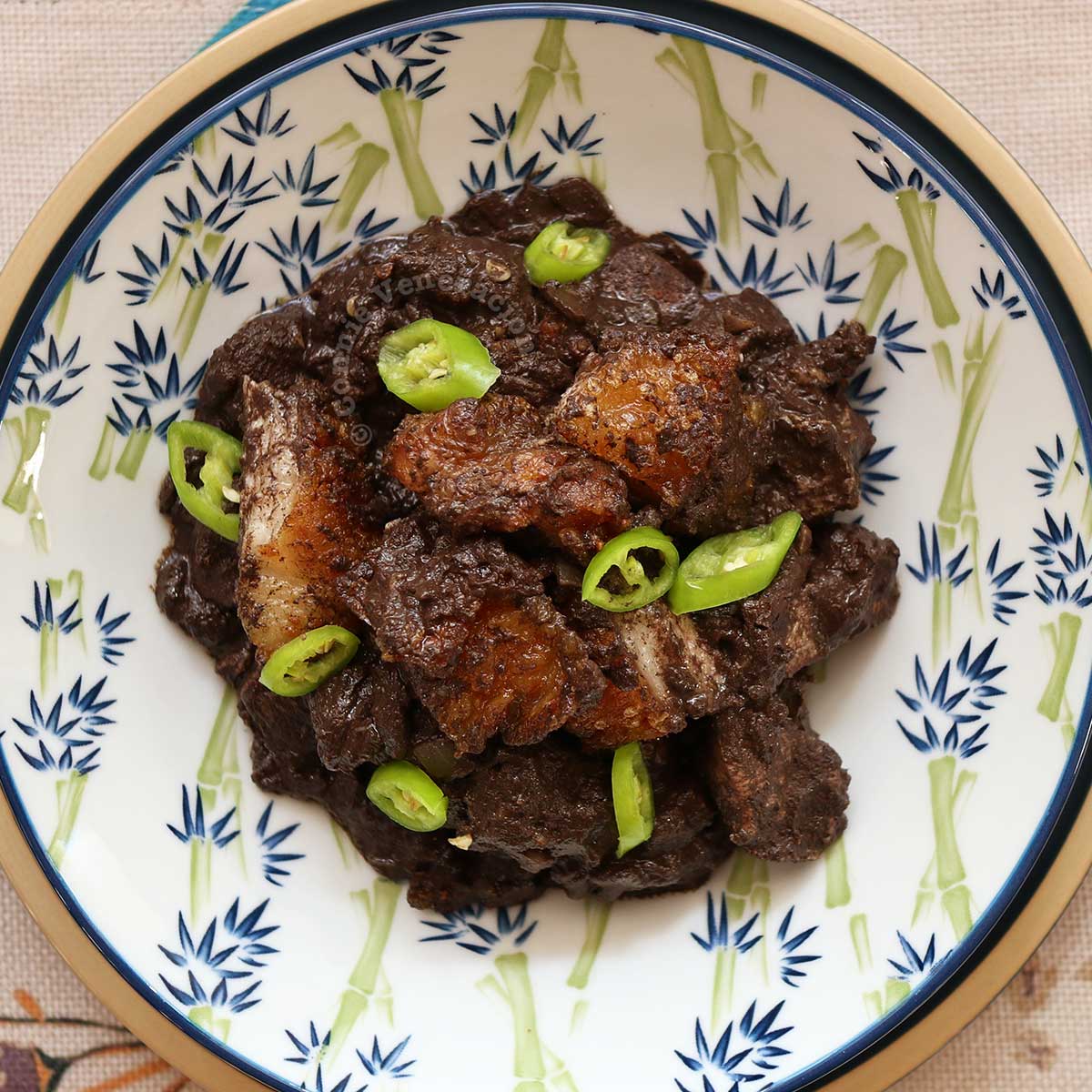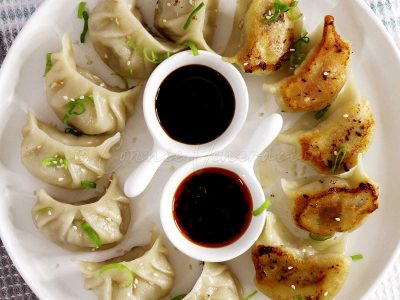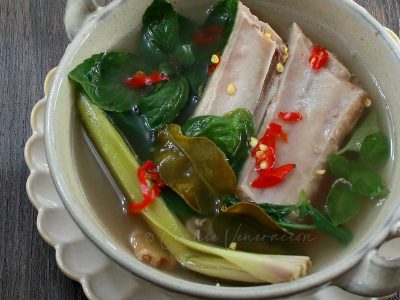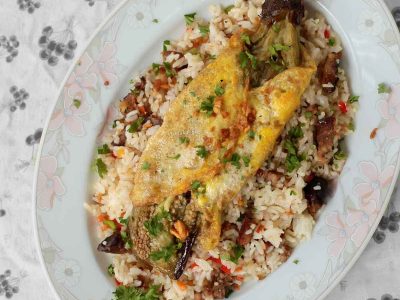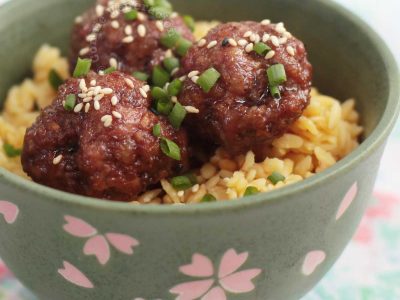Dinardaraan is the dinuguan of the Ilocos region in northern Philippines. And it isn’t just the lack of pourable sauce that distinguishes it from other regional variations of this controversial dish. Cubes of bagnet, the Ilocano version of lechon kawali (crispy pork belly) is added to the stew. The texture and mouth feel of the dish is simply superb. The first time we enjoyed it was during a trip to Ilocos and, from that point, I’ve considered it to be the best variant of dinuguan.
But the thing about cooking a home version of the dish requires access to bagnet which is similar but not exactly the same as lechon kawali. Cooking bagnet is far more labor intensive. The process takes longer too. The boiled pork is air dried and twice fried to really get the skin to blister beautifully. Since we’ve long been advocates of the no-fry way of cooking crispy pork belly here at home, we’ve never attempted to cook bagnet.
Early in 2020 when going out became the exception rather than the norm, I found a seller of frozen bagnet who was willing to deliver to the suburb. All that had to be done was thaw the bagnet and drop it in hot oil. Because bagnet is air dried, there’s very little oil spatter. I’d order five to ten packs every time and we went bagnet crazy. Dinardaraan was among the dishes I cooked using frozen bagnet.
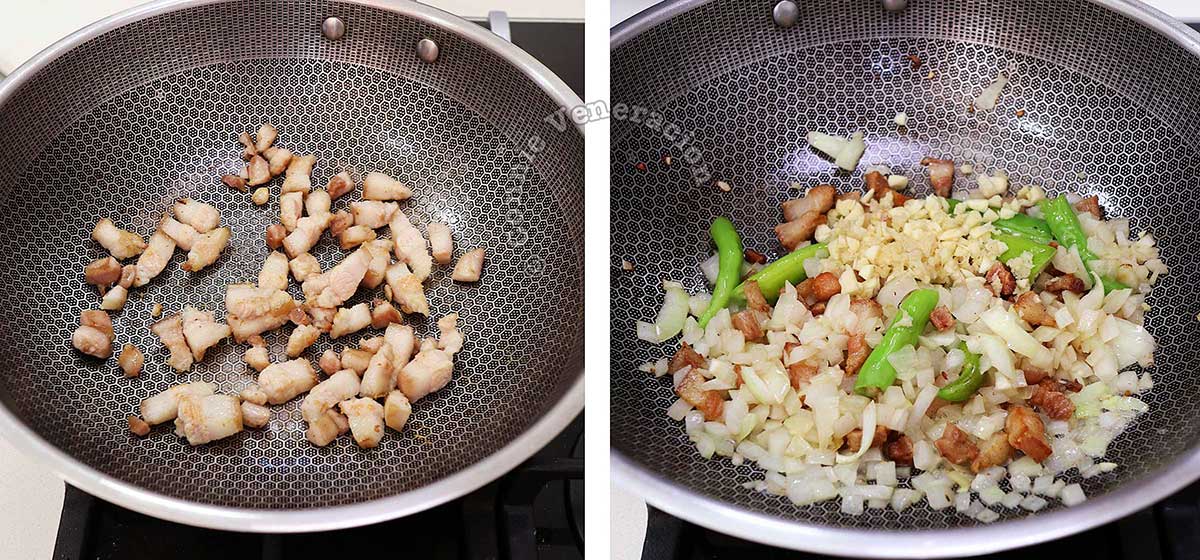
Fat was rendered from pieces of pork cheek (sold as jowl in some regions) before shallots, ginger, garlic and chilies were thrown in. Everything was sauteed slowly until softened and highly aromatic.
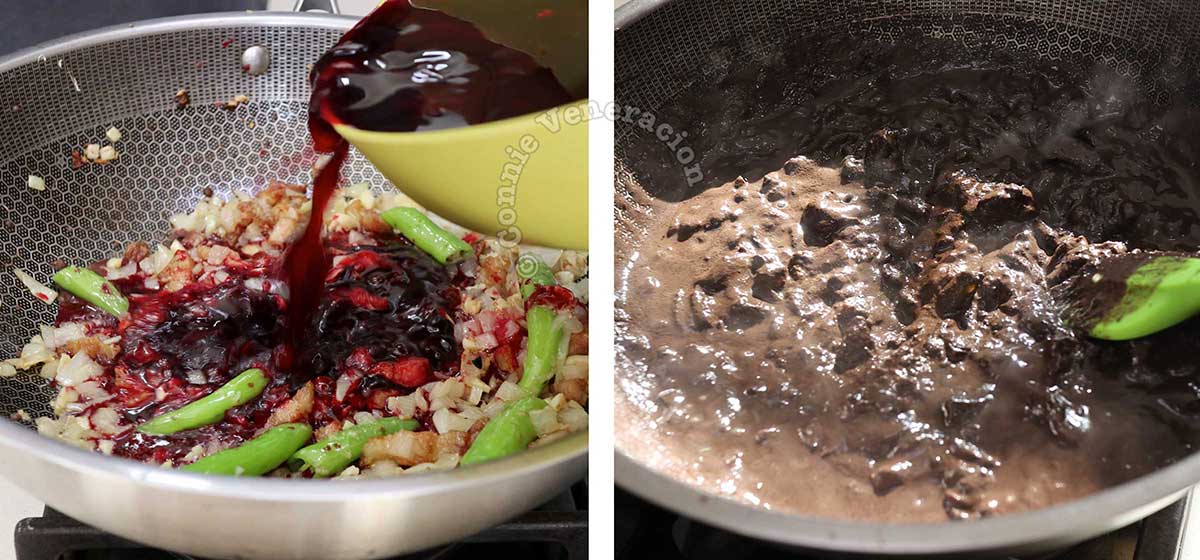
Fresh pork blood, tamarind juice and fish sauce were poured in and simmered until the mixture had reduced. The simmering took over half an hour and it was the perfect time to refresh the bagnet in hot oil.

By the time the pork blood stew had reduced and thickened, the chopped bagnet was tossed in just long enough for the thick sauce to coat each piece. Unbelievably good!
Dinardaraan (pork blood stew with crispy pork belly)
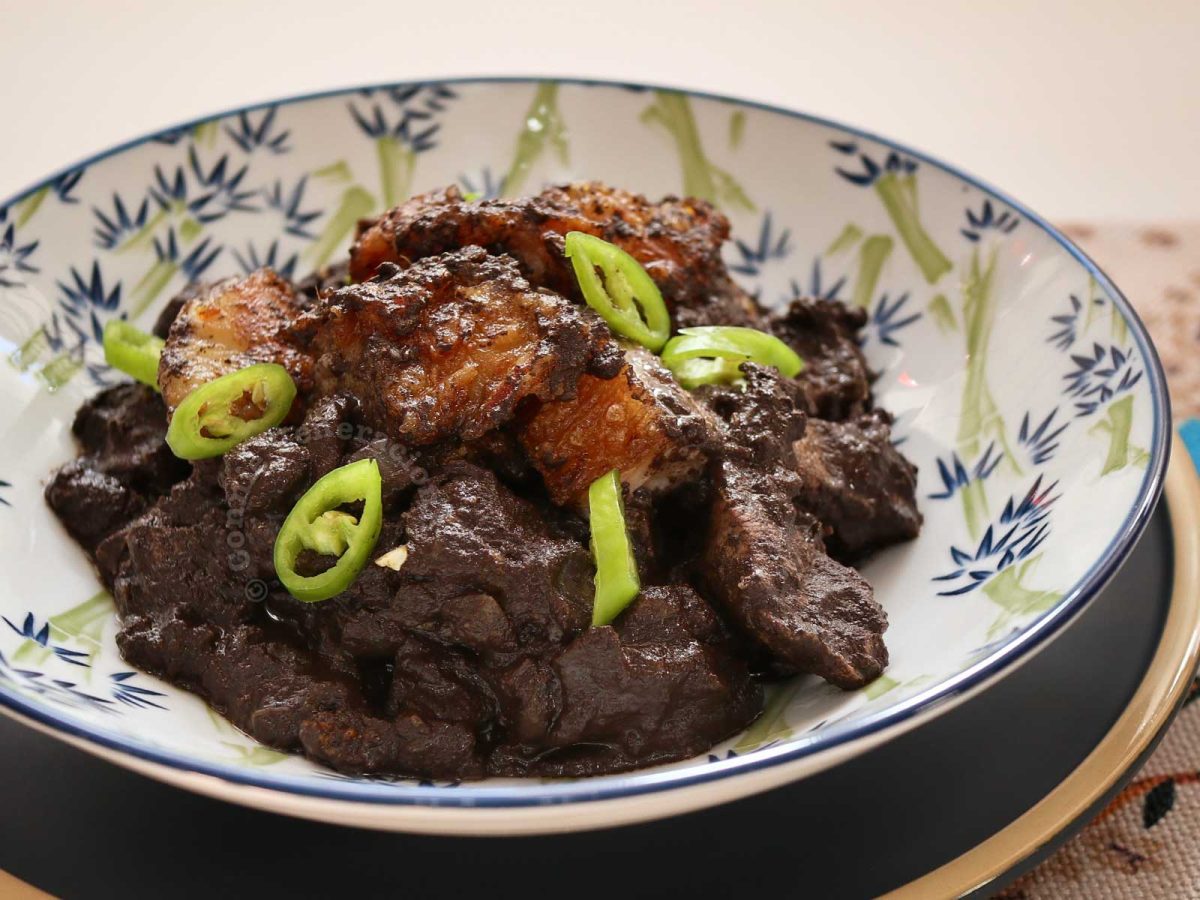
Ingredients
- 250 grams pork cheek
- 3 shallots peeled and roughly chopped
- 6 cloves garlic peeled and chopped
- 1 two-inch knob ginger peeled and grated
- 4 finger chilies sliced thickly
- 6 cups fresh pig’s blood
- ¼ cup tamarind extract
- fish sauce
- 100 grams pork liver cut into thin slices
- 500 grams crispy pork belly cut into cubes
Instructions
- Cut the pork cheeks into very small pieces.
- Heat a pan and spread the pork cheek pieces on the bottom. Cook over medium heat until at least a tablespoon of fat has been rendered.
- Add the chopped shallots and cook, stirring, until softened.
- Throw in the garlic, ginger and chilies. Continue cooking, stirring often, for one to two minutes.
- Stir in the blood, tamarind extract and a two tablespoon of fish sauce.
- Bring to the boil, lower the heat, cover the pan and simmer for 30 to 40 minutes or until reduced by one-third.
- Add the pork liver to the blood, taste and add more fish sauce, if needed, and simmer for five to seven minutes.
- Stir in the cubed crispy pork belly and turn off the heat.
- Serve your dinardaraan immediately. Best with rice.

